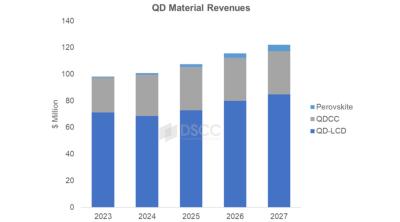Energy America partners with German manufacturer to introduce perovskite solar cell technology to product line
Energy America, a leading solar module manufacturer based in the USA, has announced a new partnership with a German manufacturing and R&D station to incorporate perovskite solar cell (PSC) technology into their product line. This move is expected to significantly increase the power and efficiency of Energy America's solar cells, while also promoting sustainable energy solutions.
By partnering with a German manufacturer and R&D station, Energy America is taking a major step towards incorporating this cutting-edge technology into their product line. While the manufacturing and research for the PSCs will be done in Germany, Energy America has made it clear that all module design will be performed in America. This partnership not only benefits Energy America, but also strengthens the relationship between the USA and Germany in the renewable energy sector.
